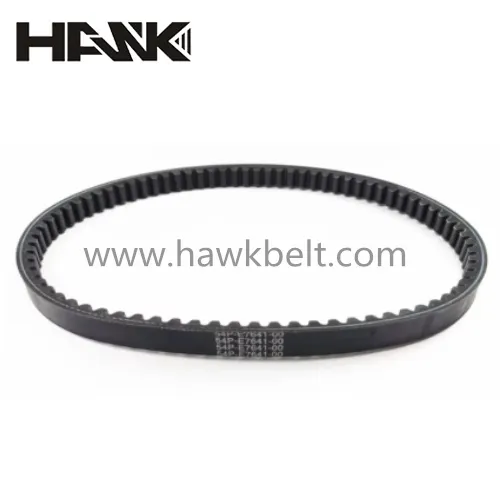- Arabic
- French
- Russian
- Spanish
- Portuguese
- Turkish
- Armenian
- English
- Albanian
- Amharic
- Azerbaijani
- Basque
- Belarusian
- Bengali
- Bosnian
- Bulgarian
- Catalan
- Cebuano
- Corsican
- Croatian
- Czech
- Danish
- Dutch
- Afrikaans
- Esperanto
- Estonian
- Finnish
- Frisian
- Galician
- Georgian
- German
- Greek
- Gujarati
- Haitian Creole
- hausa
- hawaiian
- Hebrew
- Hindi
- Miao
- Hungarian
- Icelandic
- igbo
- Indonesian
- irish
- Italian
- Japanese
- Javanese
- Kannada
- kazakh
- Khmer
- Rwandese
- Korean
- Kurdish
- Kyrgyz
- Lao
- Latin
- Latvian
- Lithuanian
- Luxembourgish
- Macedonian
- Malgashi
- Malay
- Malayalam
- Maltese
- Maori
- Marathi
- Mongolian
- Myanmar
- Nepali
- Norwegian
- Norwegian
- Occitan
- Pashto
- Persian
- Polish
- Punjabi
- Romanian
- Samoan
- Scottish Gaelic
- Serbian
- Sesotho
- Shona
- Sindhi
- Sinhala
- Slovak
- Slovenian
- Somali
- Sundanese
- Swahili
- Swedish
- Tagalog
- Tajik
- Tamil
- Tatar
- Telugu
- Thai
- Turkmen
- Ukrainian
- Urdu
- Uighur
- Uzbek
- Vietnamese
- Welsh
- Bantu
- Yiddish
- Yoruba
- Zulu
окт . 15, 2024 17:29 Back to list
v belt standard sizes
Understanding V-Belt Standard Sizes
V-belts are critical components used in many mechanical systems, serving the essential function of transmitting power between different parts of machinery. Their design, which features a trapezoidal cross-section, allows them to fit snugly into pulleys and deliver efficient power transfer with minimal slippage. With the widespread use of V-belts in various industries, standard sizes have been developed to ensure compatibility and consistency across different applications.
V-Belt Construction
Typically made from durable materials such as rubber and reinforced with materials like polyester, V-belts are designed to withstand high loads and temperatures. The trapezoidal shape helps in the gripping process, enabling belts to maintain a firm hold on pulleys during operation. There are several types of V-belts, including classical, narrow, and cogged designs, each suited for specific applications ranging from household appliances to industrial machinery.
Standard Sizes
Standardization of V-belt sizes is vital for manufacturers and consumers alike. It simplifies the replacement process, as users can easily identify the required size from the specifications. The most common V-belt sizes fall under standardized classifications known as A, B, C, D, E, and others (for instance, A-belts are 0.5 inches wide, B-belts are 0.625 inches wide, and so forth). Each standard size is further defined by its length, which is typically measured in inches or millimeters.
v belt standard sizes

The length of a V-belt is vital for ensuring proper tension and alignment. A belt that is too long may slip, while a belt that is too short may cause excessive tension, leading to premature wear or failure. Standard lengths can vary considerably, but they generally encompass a wide range, accommodating different machinery configurations.
Importance of Standard Sizes
Utilizing standardized sizes for V-belts offers numerous benefits. Firstly, it promotes greater efficiency in inventory management. Manufacturers can produce belts in specific sizes, making it easier for retailers and consumers to stock and identify products. Additionally, with standard sizes, users can readily replace worn-out belts without the need for custom measurements or special orders.
Moreover, having a consistent sizing system aids in the interchangeability of parts. For instance, if a particular industrial machine requires a specific size of V-belt, other machines requiring the same size can easily swap or share components, minimizing downtime and operational costs.
Conclusion
In conclusion, understanding V-belt standard sizes is essential for anyone involved in machinery maintenance or production. From construction materials to the trapezoidal shape, V-belts play a crucial role in power transmission. The standardization of these sizes not only streamlines manufacturing and distribution but also enhances the user experience by simplifying replacement and maintenance. As technology continues to evolve, it is likely that further advancements will emerge in V-belt design; however, the importance of standardized sizing will remain a cornerstone in ensuring effective machinery operation across various industries.
-
Korean Auto Parts Timing Belt 24312-37500 For Hyundai/Kia
NewsMar.07,2025
-
7PK2300 90916-T2024 RIBBED BELT POLY V BELT PK BELT
NewsMar.07,2025
-
Chinese Auto Belt Factory 310-2M-22 For BMW/Mercedes-Benz
NewsMar.07,2025
-
Chinese Auto Belt Factory 310-2M-22 For BMW/Mercedes-Benz
NewsMar.07,2025
-
90916-02660 PK Belt 6PK1680 For Toyota
NewsMar.07,2025
-
drive belt serpentine belt
NewsMar.07,2025

